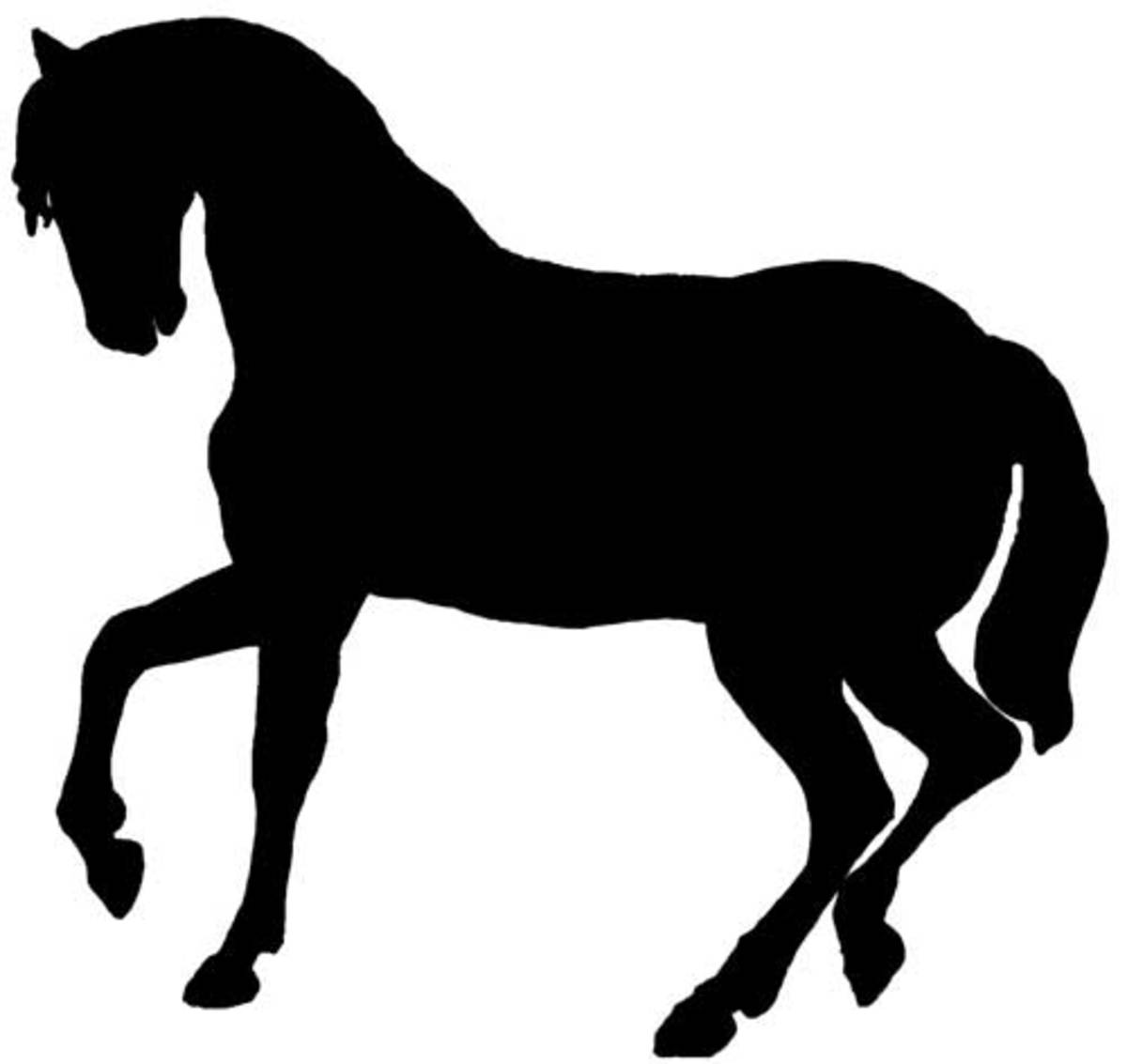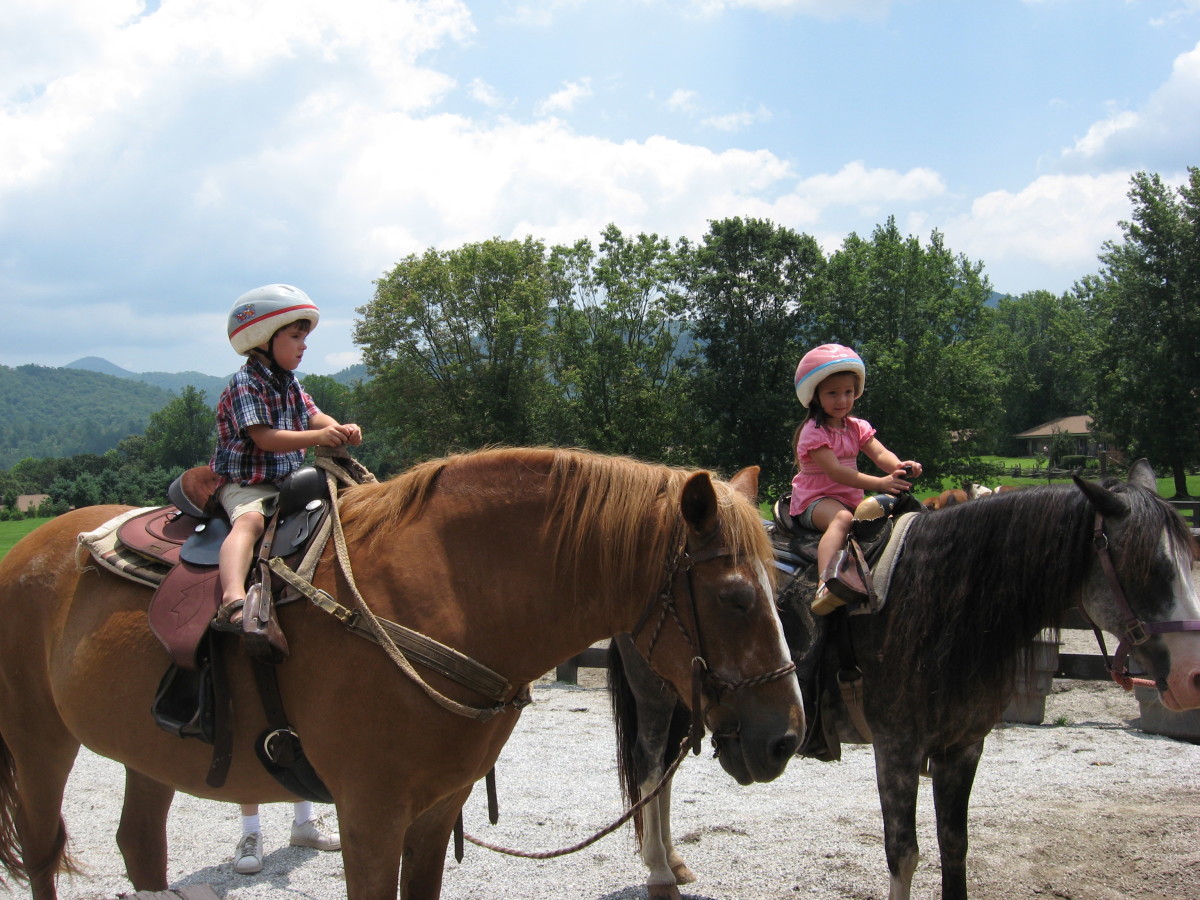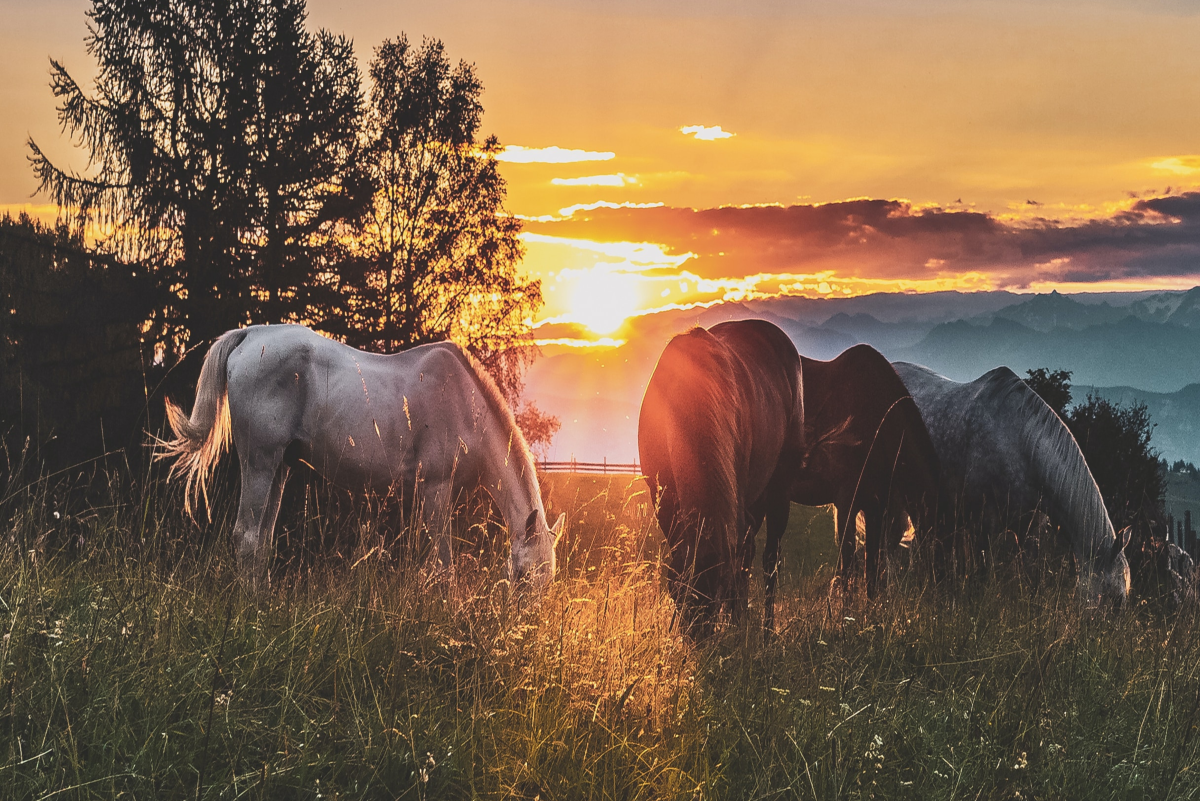Feel And Timing
Why Does Feel And Timing Matter?
Feel and timing is so important. We train our horses from the beginning to move away from pressure. This is not a natural response for them. Yet, is something that they have to learn from the very beginning to understand the cues we need to give them.
Whether it be the pressure of our legs squeezing to move the horse forward, the pressure of our leg pushing to move them over. Over even putting pressure on the reins and having them either turn or soften their mouths to the bit.
Us being able to feel the horse responding to our pressure and then responding by releasing the pressure at the appropriate moment is how the horse knows they are doing what we want. We put pressure on as a cue, we take it off as a reward response for them doing what we want.
Therefore, having a good feel and timing means that you are in tune with your horse. You are able to ask him to do what you want, and then communicate to him that he is doing what you want by taking the pressure away. With young horses or green horses, your pressure and release will be exaggerated to help them understand. As the horse gets more experienced the pressure and release will be subtle. If done properly almost invisible to observers.

Rewarding At The Right Moment
Feel and timing is so important. We train our horses from the beginning to move away from pressure. This is not a natural response for them. Yet, is something that they have to learn from the very beginning to understand the cues we need to give them.
Whether it be the pressure of our legs squeezing to move the horse forward, the pressure of our leg pushing to move them over. Over even putting pressure on the reins and having them either turn or soften their mouths to the bit.
Us being able to feel the horse responding to our pressure and then responding by releasing the pressure at the appropriate moment is how the horse knows they are doing what we want. We put pressure on as a cue, we take it off as a reward response for them doing what we want.
Therefore, having a good feel and timing means that you are in tune with your horse. You are able to ask him to do what you want, and then communicate to him that he is doing what you want by taking the pressure away. With young horses or green horses, your pressure and release will be exaggerated to help them understand. As the horse gets more experienced the pressure and release will be subtle. If done properly almost invisible to observers.
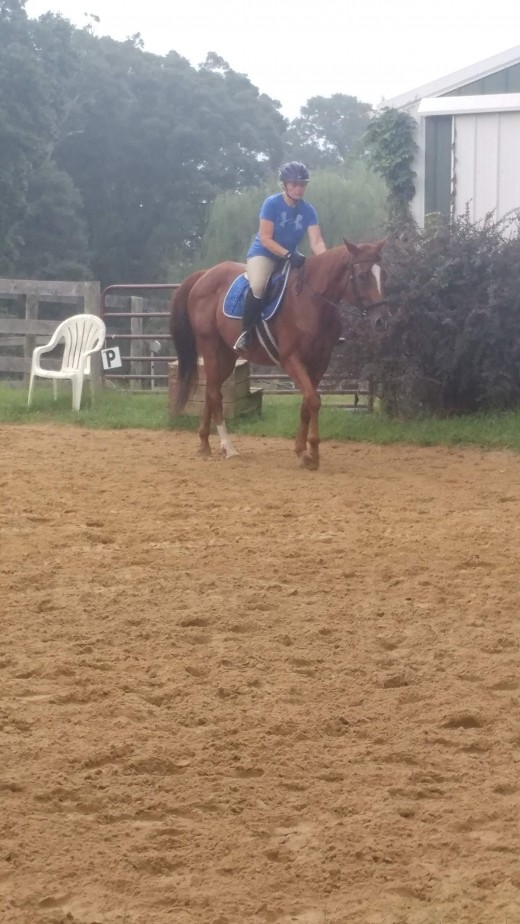
What Else Does Feel And Timing Mean?
It means that as a rider you are sensitive and aware of what is going on underneath of you. It means that you have gained the understanding that you have to be the horse's partner and communicate with them.
You have to tell them what to do, by using the cues they understand, pressure and release. It means that you are paying attention to what is going on underneath of you. That you understand that in riding a horse it is like a conversation, a silent one. You give cues by putting on pressure and releasing, it's continuous the whole time you are riding. Riding is a continuous conversation.
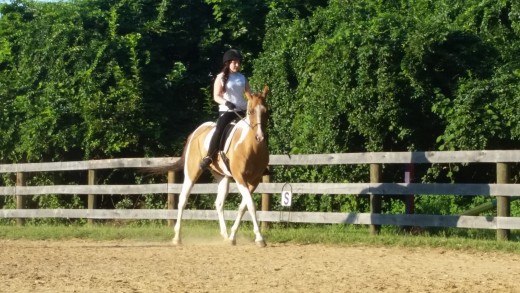
It Is A Conversation, Not Giving Orders
Note I say conversations, not giving orders. We use feel and timing to communicate what we want to our horses, and then to tell them whether they did it right or wrong.
Horses are big strong animals that can't be forced, by learning to use pressure and release with appropriate feel and timing we can communicate with them in a way they understand. A way that makes them want to do what we want.
Since moving away from pressure is not natural to horses, it's a behavior we have to train them to understand. Once they learn it, it is the easiest way for us to make them understand they did what we wanted them to do.
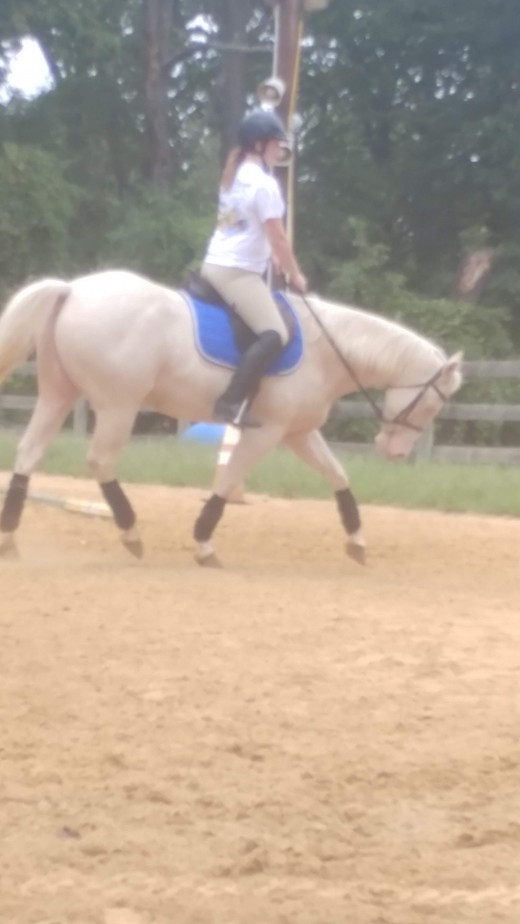
Is It A Learned Skill?
Absolutely! Anyone who is dedicated to their horsemanship journey can learn to have feel and timing. It really isn't something you ever finish learning either, you get better and better at it with practice.
For the really skilled riders, it becomes like second nature, like an automatic response. That is what we are all striving for.
It certainly will come easier for some people than it will for others, but that doesn't mean that you can't learn it. It just takes hours in the saddle and dedication to the craft of not just riding, but horsemanship.


